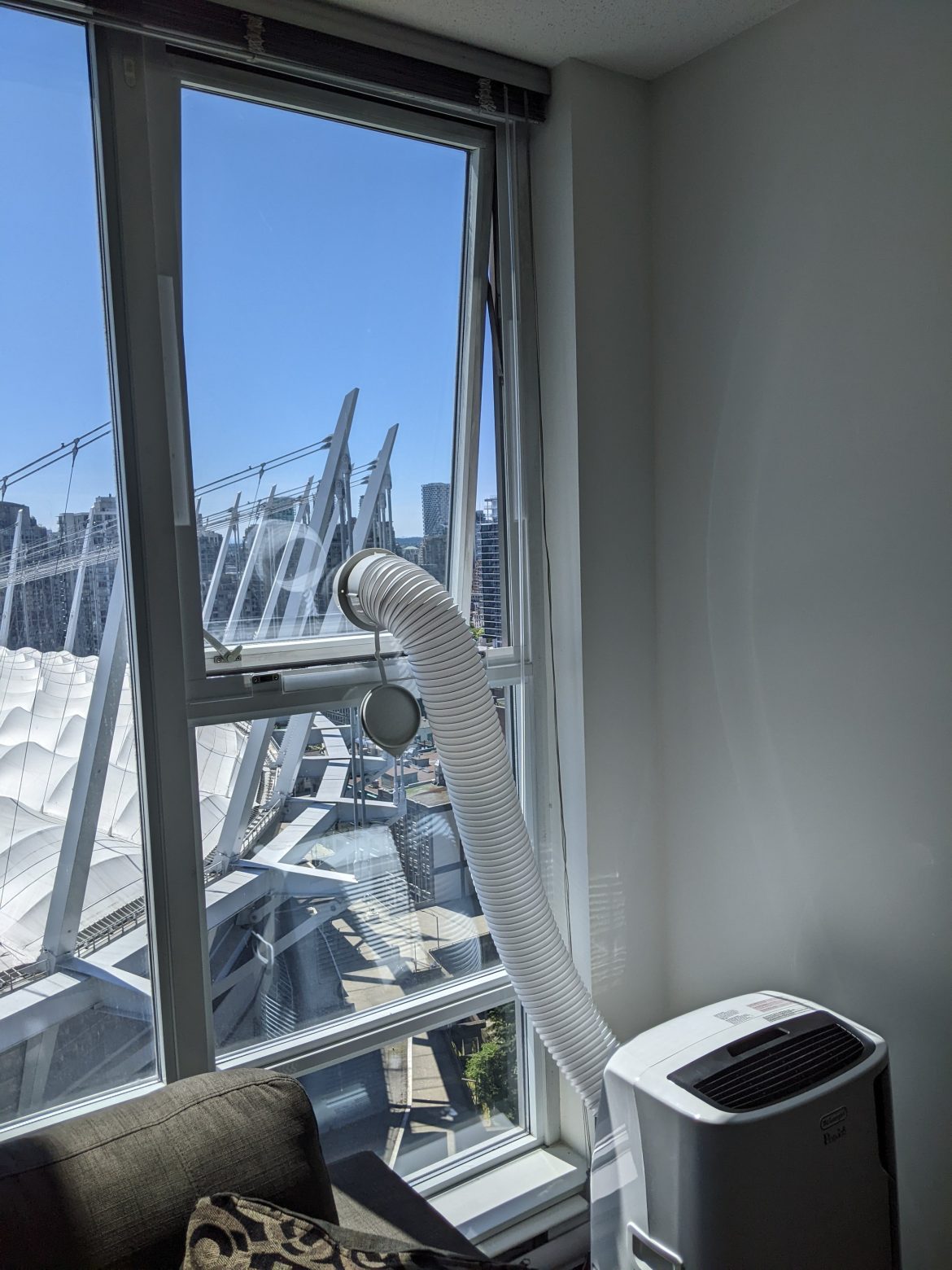
How a Portable Air Conditioner Works
Like regular window air conditioners, portable ACs pull in the room’s hot air, cool it, then expel the cooled air back into the room. The three key components that make this happen are the evaporator coil, compressor, and refrigerant.
Look for features like remote controls, timers, and programmability to help you tailor your unit to your lifestyle. Some units also offer automatic modes and a sleep mode.
Cooling
In order for an air conditioner to cool a room it has to remove heat from the air. The refrigerant inside the unit takes that heat, turning it from a liquid to a gas. That heat is then removed from the room with the fan, and it is vented outside through an exhaust hose.
The cooling capabilities of a portable air conditioner are determined by the number of British thermal units (BTU) it is rated for. Those ratings are often found on the product packaging or the manufacturer’s website.
Depending on the model, there is a wide range of BTUs from which to choose. A higher number of BTUs provides a greater level of cooling ability.
A portable air conditioner can be used in Portable Air Conditioner a single room or multiple rooms, as long as the space between each room is not too large. These units are also great to use in rooms that do not have windows or spaces where window air conditioning is not an option.
A portable AC requires regular maintenance like any other appliance. It is important to clean the air filters, empty the water collection tray regularly and dust it periodically. It is recommended that you plug the unit into a power outlet that is on a separate circuit from other high energy appliances to avoid overusing the breaker.
Dehumidifying
Besides cooling the air, an AC unit also dehumidifies it. As hot, humid air moves over the air conditioning coils, energy from the compressor compresses refrigerant, changing it into a high-pressure gas. The moisture and heat are then vented outside the AC through an exhaust hose. Fully self evaporative ACs, which vent water vapor directly out the window without collecting it into an internal bucket, are the most convenient and require minimal maintenance.
Some models have additional filters (such as active charcoal or electrostatic) that help trap pollutants and odours. These models may also have an ionising mode that emits negative ions to purify the air. In addition to these modes, an air conditioner might include a timer or remote control for convenience and ease of operation.
Portable air conditioners use three key components to remove heat and humidity: air conditioning coils, a fan and an exhaust hose. The fan sucks up the hot, humid air, which is then cooled by the air conditioning coils. As the cool air passes over the coils, heat and moisture are extracted into a drain or an internal collection bucket that is then pumped outside through an exhaust hose. Some units might be able to vent out a sliding door, but they must be fitted with a special kit for this to work correctly.
Heating
Many portable air conditioners are designed primarily for cooling but some models can also provide heat. The heating capabilities of these devices work similar to the way that they generate cool air, with a special coil of tubing filled with heat-absorbing refrigerant that Portable Air Conditioner grabs heat from room air and radiates it away as hot air. Some models have a setting where you can switch between the cooling and heating modes to suit your needs.
Some portable ACs have a built-in exhaust hose that pulls harmful fumes out of the unit and vents them outside, but this may not be the case for all models. If you choose to add an exhaust hose to your portable AC, make sure it is made of high-quality materials and has a long enough hose to reach the nearest window. Otherwise, you might find yourself dealing with dangerous carbon monoxide fumes when you turn the unit on.
You can also opt to use a drain hose instead of an exhaust hose. This method allows you to dispense the collected water into a nearby sink or on the floor rather than in a drain hose that is vented out of the window. Some models even come with a collection bucket to hold the collected water so that you don’t have to empty it regularly.
Safety
Whether it’s cooling your home in summer or heating it in winter, a portable air conditioner can be an excellent energy-saving option. However, it’s important to read the owner’s manual and understand its power requirements. Some units may require a dedicated circuit with a differently-sized outlet, and some use a lot of energy even when they’re not running.
A quality portable air conditioning will also reduce allergens that can trigger asthma or allergies. Look for a model that offers a filter to capture these particles and prevent them from circulating back into the air. You can also look for models that connect to your smart thermostat or other devices to allow you to set them to turn on and off automatically and monitor energy usage from anywhere.
Most electric portable air conditioners don’t produce carbon monoxide, but they can sometimes bring in the dangerous gas if there are other sources of it nearby. Always keep a carbon monoxide detector near your unit to avoid exposure.
Any air conditioner can make some noise while running, and it’s particularly noticeable if you use the unit at high fan speeds. Look for a model with low decibel ratings that won’t disturb your sleep or work. Some models come with a sleep mode or timer to reduce the sound level while still allowing you to cool your room and stay comfortable.
